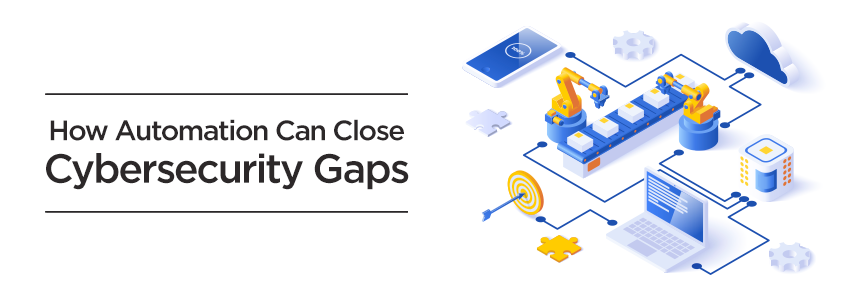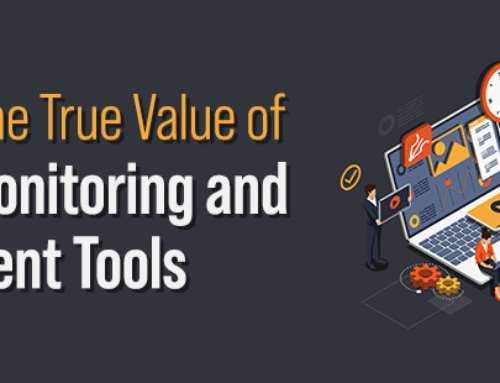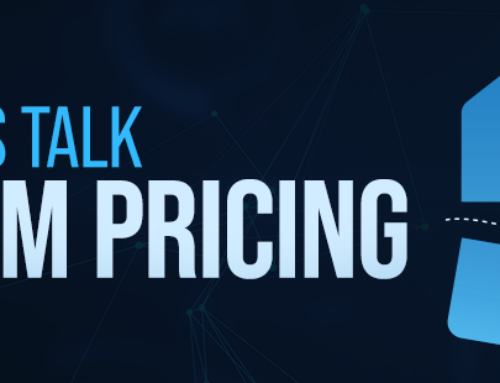When it comes to cybersecurity, speed is everything. That’s why more cybersecurity vendors and managed services providers (MSPs) are turning to automation and artificial intelligence (AI) to help identify threats quickly, as well as speed up time to response.
Cybersecurity threats to businesses of all sizes are increasing dramatically, including phishing attacks, IoT device hacks, ransomware, and more. The average cost to a business of these attacks is $3.86 million in 2020 and can take hundreds of days for the average business to respond to and recover from.
With these kinds of stats, it isn’t enough for businesses to simply “check the box” when it comes to cybersecurity. That’s where automation can help, especially for an MSP with many customers, to ensure they are thoroughly protected from attacks.
AI and machine learning can help from the very early stages of technology development, ensuring that software is tested thoroughly at scale for any potential bugs before being put into production. This is critical if the MSP is developing their own software or tools to use with their customers.
Where automation and AI really shine for an MSP is in spotting anomalous behavior and spotting and responding to changes in systems. Using automation, an MSP can quickly spot if the behavior patterns at a client (or their environment) look suspicious, perhaps an employee accessing a server they never need to use, or suddenly signing in from a foreign country. Then, the MSP can quickly respond or even have automated responses in place to further investigate the issue and remediate it if necessary.
Automation can also keep track of any changes to client systems, sometimes called configuration drift, that could open new holes in a company’s cybersecurity posture. For instance, perhaps a new device has entered a client environment, or a new tool is introduced that needs to be secured. These changes can only be found if an MSP is automatically probing the environment with AI and other tools for any changes and quickly moving to mitigate any new risk.
Vulnerability management can also be similarly managed through automation, scanning the environment for any known vulnerabilities in software and flagging those cybersecurity holes to the MSP support team or even automatically applying the appropriate patches where possible. This is a primary cybersecurity hygiene measure that can significantly affect a company’s overall cybersecurity posture.
Finally, in a worst-case scenario, automation can help an MSP drive a quicker, more thorough response in the event of a live cyber incident. This is especially true as attackers themselves begin to leverage automation, which requires an equally automated response to keep pace.
While the benefits of automation and AI are significant, it is important to note that these technologies do come with some cost. An MSP will need to carefully consider if the return on investment is worth it for their particular business or look to leverage tools with these capabilities already built-in.
These efforts, of course, should supplement other gold standard cybersecurity practices, including essential cybersecurity hygiene technologies, penetration tests, red team exercises, and more. An MSP should ensure they are taking the complete steps necessary to mitigate risk for both themselves and their clients.




